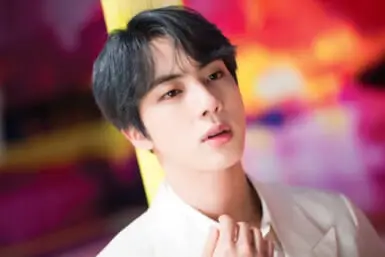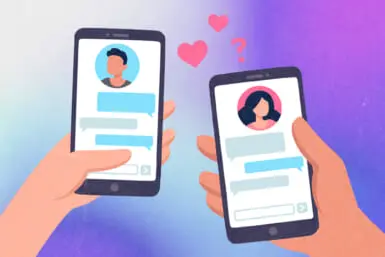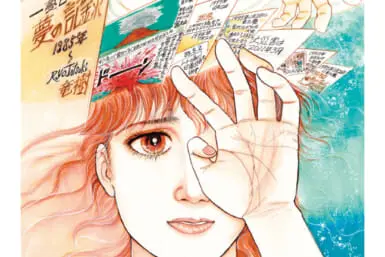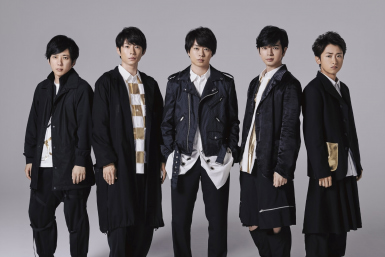A never-ending loop of funny, adorable and oddly satisfying videos awaits on TikTok. It has become one of the most popular social media platforms around the world, especially among teenagers. And just like anywhere, people in Japan are using this platform to communicate, laugh and interact through short clips and viral dances. However, some TikTok trends in Japan tend to stand out more than others. Here we pick out and explain some of the challenges and effects that have recently gone viral in Japan.
1. My Roots Challenge: Honoring Our Heritage
This trend celebrates multiculturalism. Using the music track “Combination Taco Bell and Pizza Hut” by Das Racist, TikTok users are proudly sharing the features they got from their mom and dad. They are recording themselves and adding information about their parents on-screen. The focus is usually on the place of birth, height, eye color, etc. Finally, they show how this combination of features is reflected on them, using the hashtag #myroots (written in katakana). It’s a very uplifting trend for a society that sometimes puts too much focus on homogeneity.
Watch on TikTok
2. Give me ¥1000: A Funny Twist On Formal Japanese
The Japanese language is naturally good for wordplay and Japanese people appreciate funny puns. The “Give me ¥1,000” TikTok shtick too has a pun as a base, but this one requires some acting to display its full effect. Usually shared with the hashtag that means “give me ¥1,000” (read as “Sen-en chodai”) this sketch was originally posted by @yokohama_z, a trio of comedians in Yokohama. So, every TikTok video uses their recorded homonymous audio track.
Watch on TikTok
The track starts off with a man’s voice deeply apologizing — “Hontou ni moushiwake gozaimasen.” The phrase is very formal and respectful. Towards the end of it though, an upbeat techno melody starts playing. Reusing the final “sen” (which is also the Japanese word for “a thousand”), he goes on to ask: Sen en choudai. In contrast to the formal beginning, the language is very casual. Then, that’s followed up by asking for ¥2,000 yen. It’s a fun way to play with the language.
What’s also great about this trend is that everyone makes it their own. You can get inspired by watching videos posted using the hashtag. There’s everything from single-person sketches to pranks and funny interactions.
3. Music Face Challenge: The Perfect Filter for BTS Fans
The Korean pop band BTS has had a fanbase in Japan since their beginnings, so no wonder it always pops up in TikTok trends in Japan. Their catchy and uplifting tunes are the soundtrack of all kinds of clips, lip syncs and viral dances. Now, TikTok users can go from simply using their music to actually interpreting it. Or, at least, to play the initial beat of one of their latest hits, “Butter.” No instruments are required.
To create this, TikTokers use the Music Face app and record their faces. The app will create a different beat every time you move your head up, down, left and right. Using those beats, you can interpret the intro of BTS’s “Butter” in your own way.
This challenge can also be performed by more than one person. In many videos posted with the #musicface filter, one person plays the beat and the others sing.
Watch on TikTok
4. Still-Face Challenge: Try Not To Laugh!
TikTok users all over the world have been doing the so-called “still-face challenge.” In Japan, TikTokers have been sharing amusing clips of themselves with a hashtag that means still-face challenge (read in Japanese “magao charenji”) and using the grotesque face-distorting filter. Although using an over-the-top distorting filter for a still-face challenge may sound contradictory, it makes perfect sense once you understand how the filter actually works.
This filter won’t just alter your face straight up like most face-distorting filters would. Instead, it will only activate once you make a facial expression. Therefore, the challenge lies in trying to look dead serious to not activate the filter. Yet, since it picks on the subtlest of facial movements, it will most likely notice you and make you look absurd, so most people share the results for a good laugh.
5. A Filter That Will Turn into a Cute 3D Character
Before the “Pixar effect” took over the internet, applications such as “mahou chenji” which can be translated as “magical change” and “villains” proved very popular on TikTok Japan. Clips using these effects were usually shared with the hashtag meaning “cast a spell” (read as “mahou wo kakete”). The popularity of these filters comes as no surprise in a country where so many people love Purikura photos booths and their over-the-top effects.
TikTok trends in Japan, just like anywhere really, can rise and fall in a matter of days. Maybe by the time you’re reading this they have already been replaced by cleaning hacks and pranks. All we can say is, in July 2021 these five were what made TikTokers in Japan laugh.
If you want to browse TikTok for similar videos here are the hashtags that you should sift through:
My Roots Challenge #マイルーツ
Give me a ¥1000 Challenge #千円ちょうだい
Music Face Challenge #ミュージックフェイス
Still-Face Challenge #真顔チャレンジ
Cute 3D Character Filter #魔法チェンジ or #魔法をかけて









